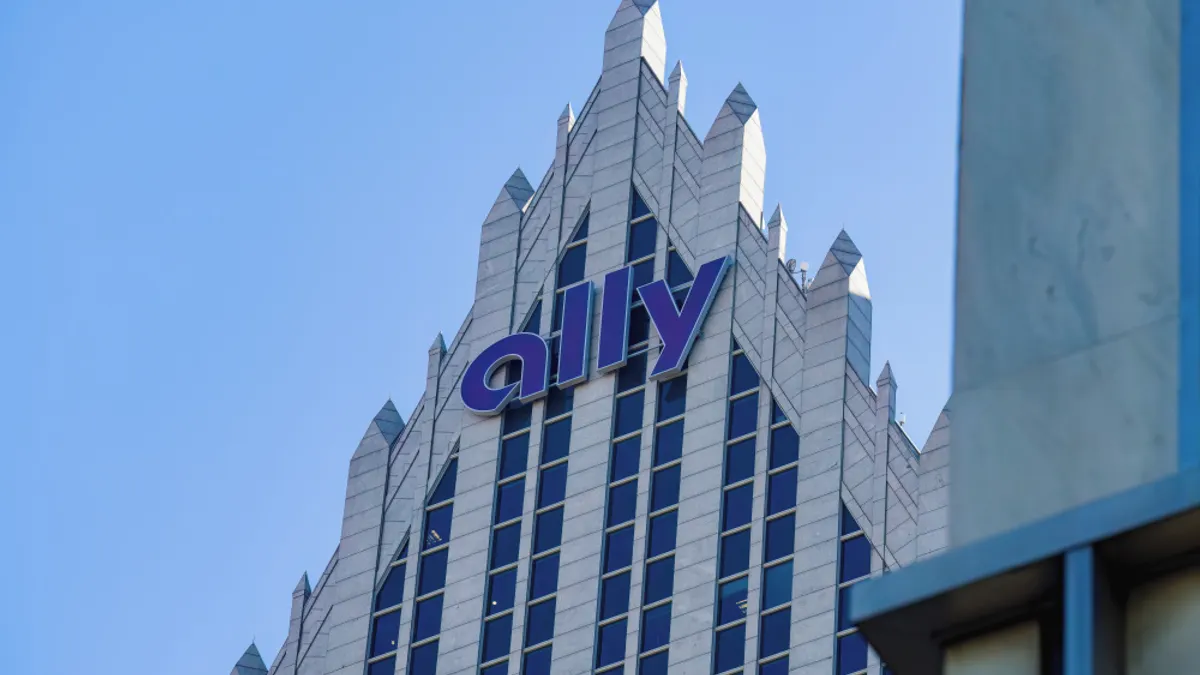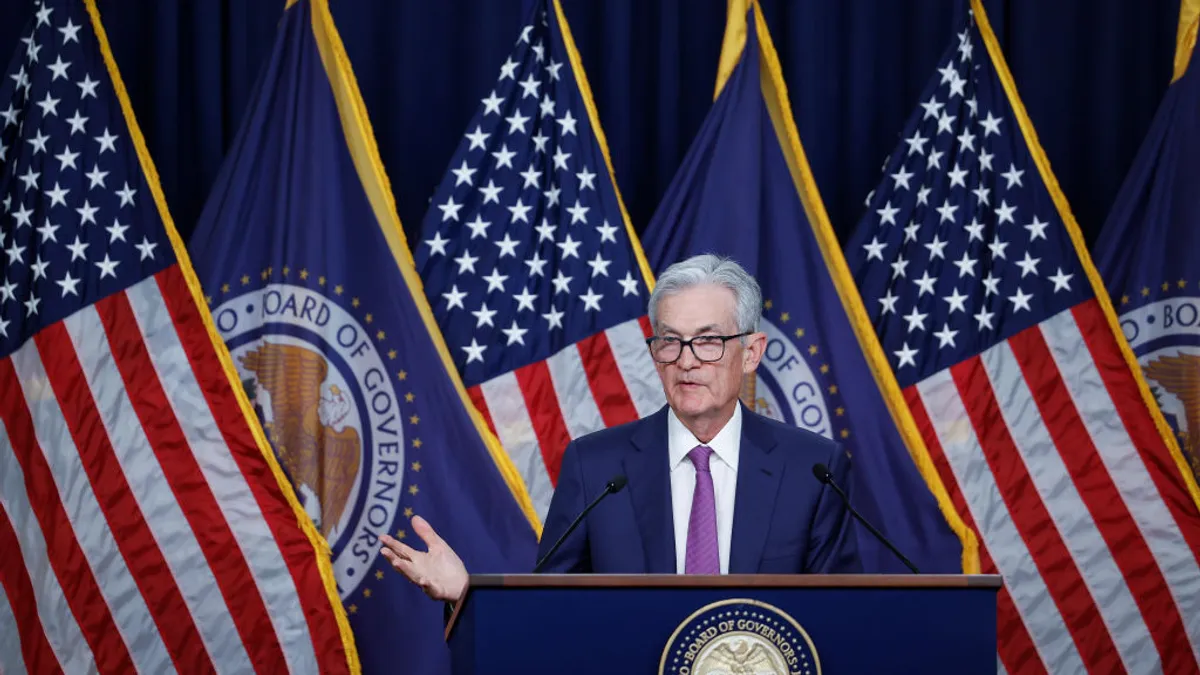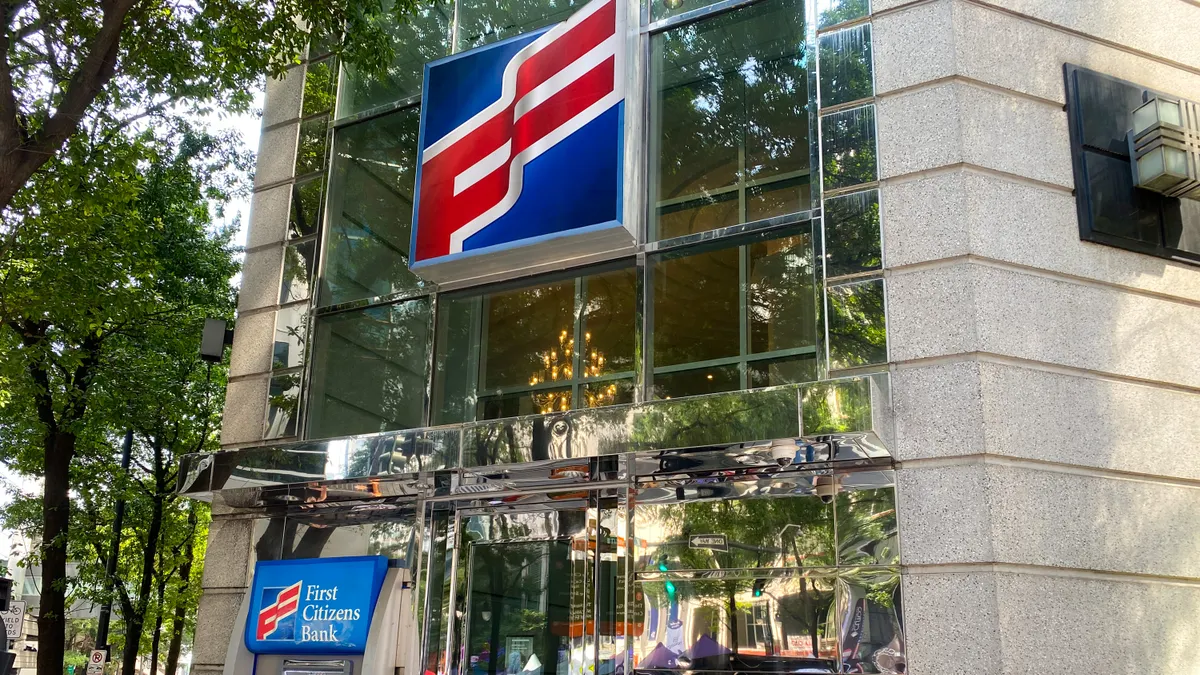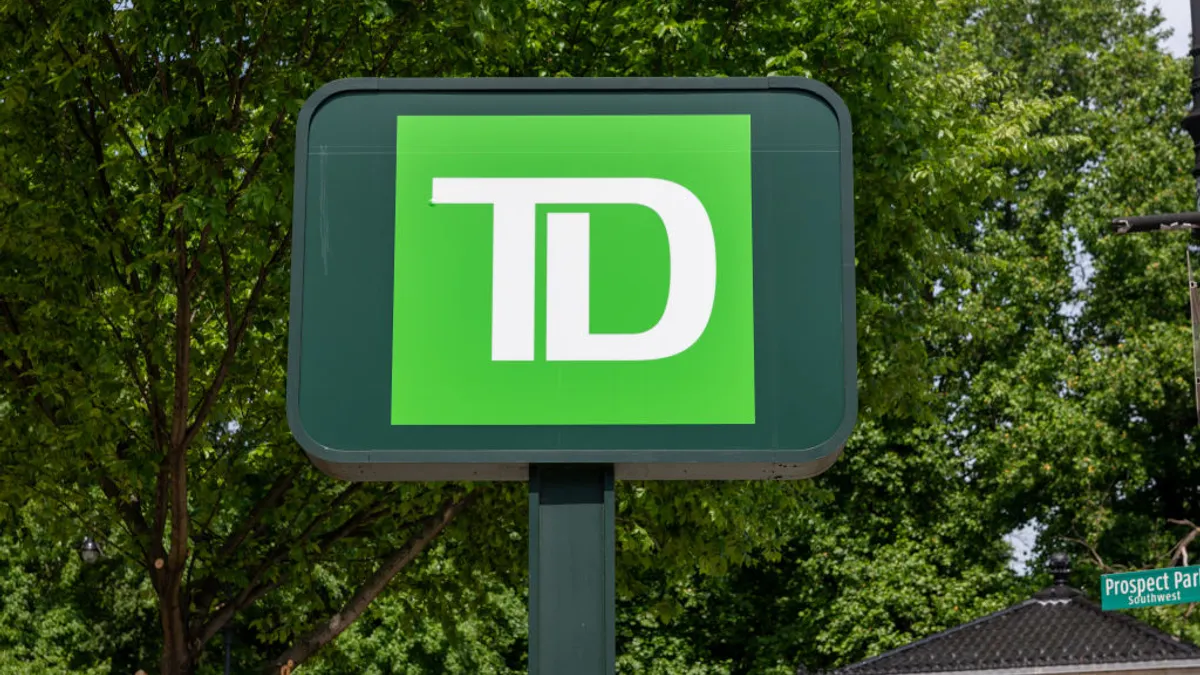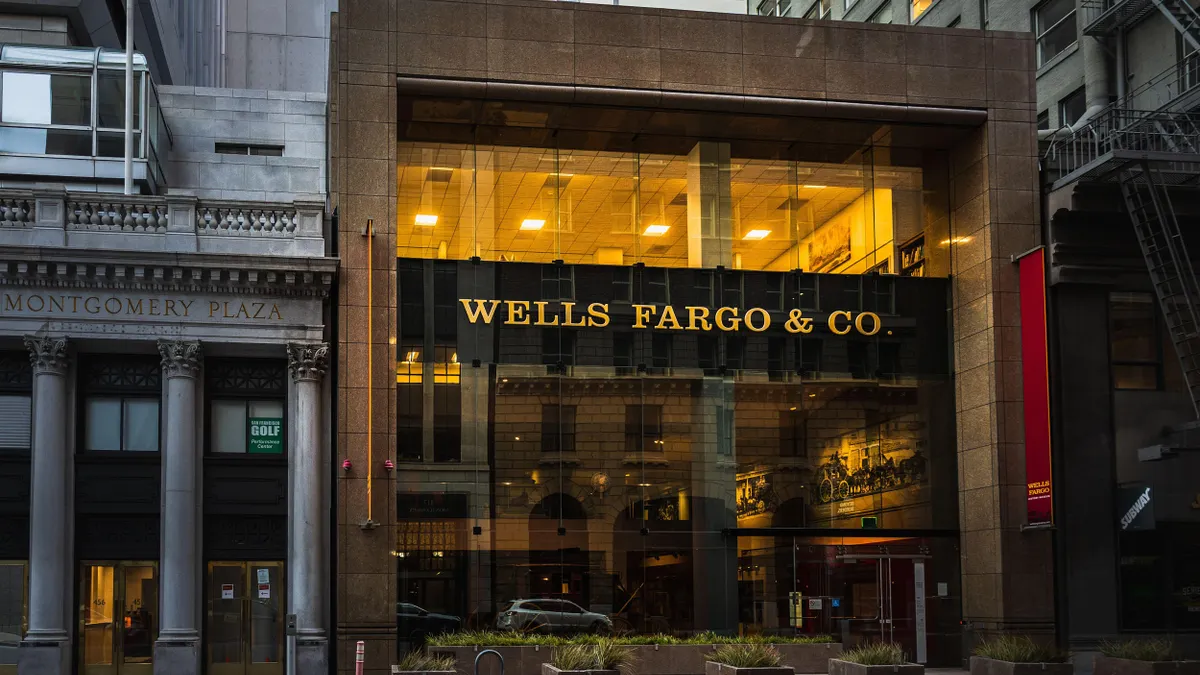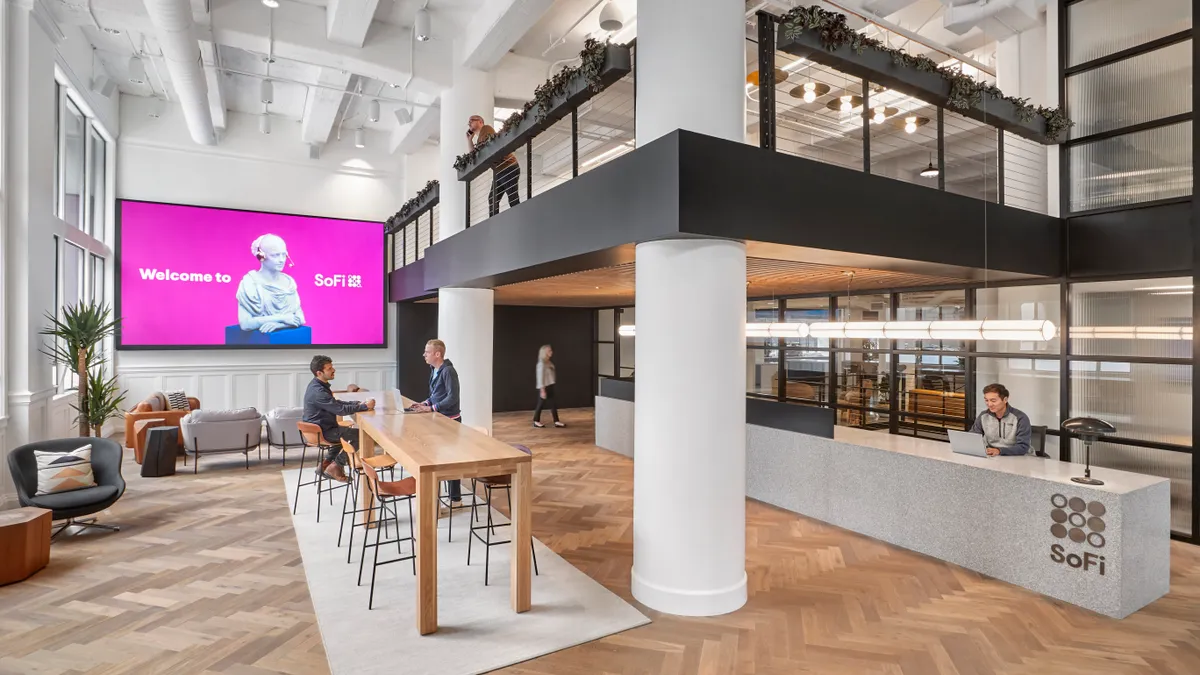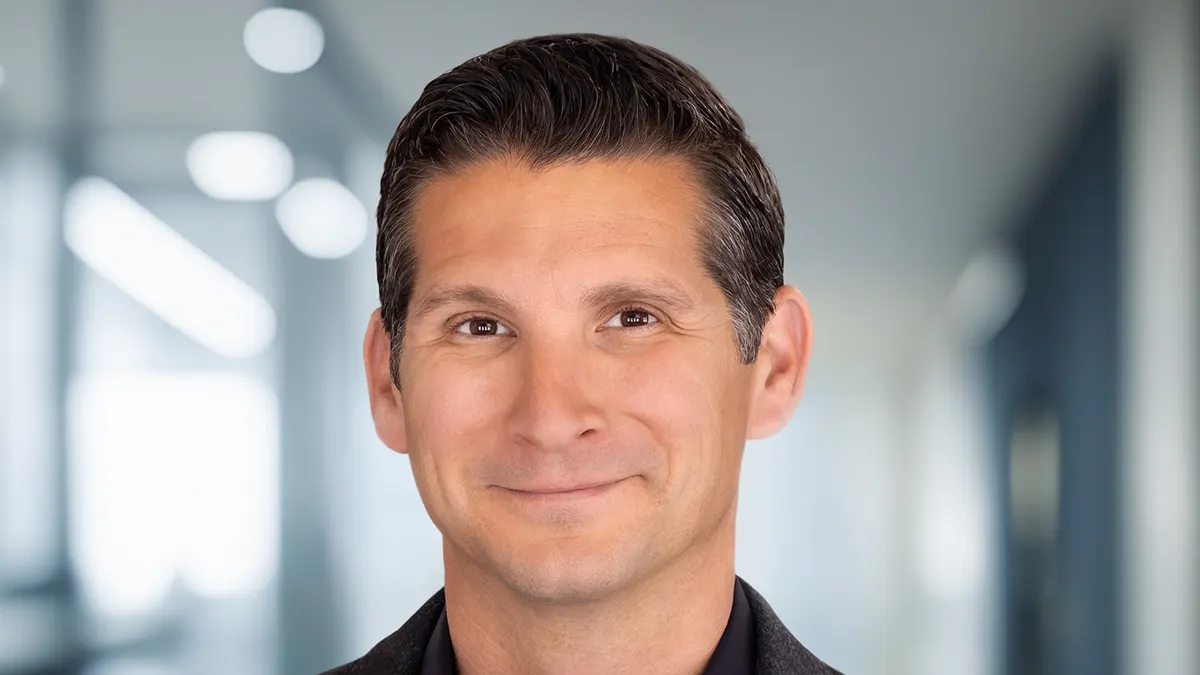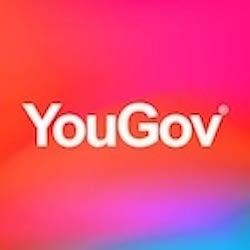A customer referral program Ally Bank launched last year has become a “foundational part” of its marketing strategy, said David Hixon, head of product and lifecycle marketing at the bank.
The program accounts for about 15% of the Detroit-based lender’s account volume, Hixon said.
“A referral program is really hard. It’s hard to do,” Hixon said, clarifying that while the marketing part may be relatively easy, building the back end in a way that customers get paid appropriately can present a challenge.
After a small test to about 250,000 customers in early 2024 proved successful – “we didn’t break anything,” Hixon said – the bank played around with offers and new customer requirements and conducted a second test before a full launch in August.
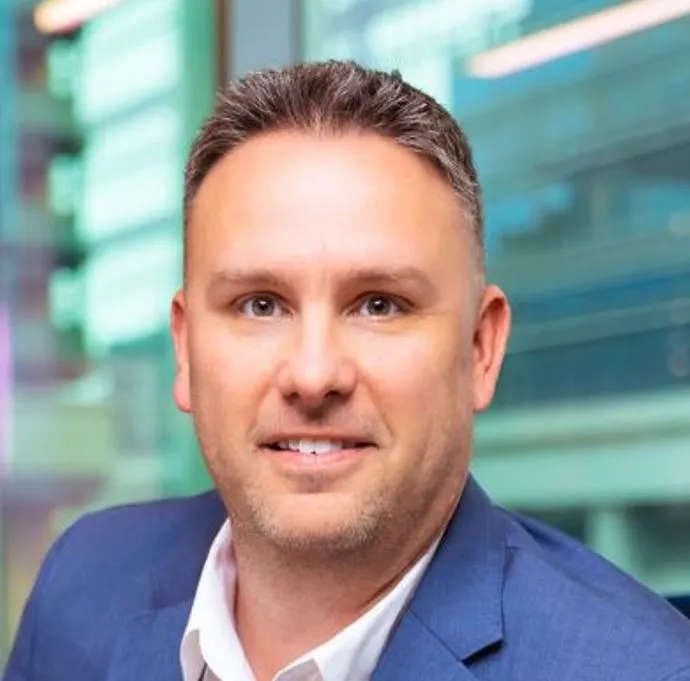
Under the program, an existing deposit customer receives $50 when the referred customer opens a spending or savings account with Ally (up to five referrals). The new customer receives $100 once they take actions “that we deem skewing that account toward a more quality account,” like setting up direct deposit in a spending account, or a recurring transfer in a savings account, Hixon said.
Making Ally customers aware of the referral perk is crucial. Hixon’s team has been working on more ways to get the program in the hands of customers, since having to dig through an inbox for an email with a referral code is “a point of friction.”
Last week, Ally added a card that can sit in a customer’s mobile wallet and features a QR code that can be scanned by a friend, to initiate the account application process. The bank, which has digital savings buckets for its customers, is also working on a way to have payment from the referral program go directly into its own savings bucket, he said. Ally also plans to start using “moments of delight” to trigger communication promoting the program, such as when a customer isn’t charged an overdraft fee, he said.
Gen Z customers, by far, have the highest referral rate, Hixon said. “That group’s just more willing to engage with influencers, and that’s basically what the referral program is,” he said.
The $193 billion-asset bank is also seeing higher engagement rates with Ally employees who are also customers, and people who themselves are referred, pointing to a kind of snowball effect.
The next goal, Hixon said, is figuring out how to limit the number of people gaming the program to get free money. The bank wants to make sure it’s bringing in quality accounts, so it’s working to find a balance.
“We want as much volume to come through this program as we can get, because it's really efficient from a cost perspective, but we also have to make sure that these are people that are signed up for the long haul with us, so there's a real value exchange,” he said.
As it stands, the referral program is three to four times more efficient than other marketing avenues, with a cost to acquire that’s less than $100, and the money is going to customers rather than social media, paid search or printed mail, Hixon said.
Ally assumed it would see a degradation in response, but hasn’t, Hixon said.
“There was definitely a spike and definitely a tail-off,” but now it’s reached a steady state with referrals coming in every day, he said.
Although the bank has said the program will end in December – Hixon cited a legal requirement to identifying a conclusion date, because it’s an incentivized program – “I feel certain that once we get into Q4, we’ll be communicating with, ‘Good news, we’re extending it for another calendar year,’” he said.
It’s relatively common to turn to a third-party vendor for this kind of program, Hixon said. That it was built in-house speaks to the bank’s nature of doing things iteratively, he contended. Now that the program has proven successful, Ally’s technology team is getting involved in building what some may call bells and whistles, Hixon said.
Ally declined to comment on the program’s budget. “When we launched it, I had to beg, borrow, steal” for funding for it, Hixon said. Since then, the budget for it has grown, and he expects it will continue to.
The lender is the largest all-digital bank in the U.S., yet serves only 1% of the market, CEO Michael Rhodes noted this month at the company’s shareholder meeting.
Recently, the bank has refocused its strategy on three core businesses: auto dealer financial services – its largest segment – deposits and corporate finance. Hixon said he expects the referral program will have a notable role in that strategy because Ally has historically focused on competitive interest rates and driving savings account balances, but it’s now trying to push more toward everyday banking.
Ally has about 3.3 million deposit customers and $146 billion of retail deposits as of the first quarter. The bank added 58,000 net new deposit customers in the quarter, a 6% increase year over year, with millennials and younger customers making up the largest segment of new clients, Ally said.


